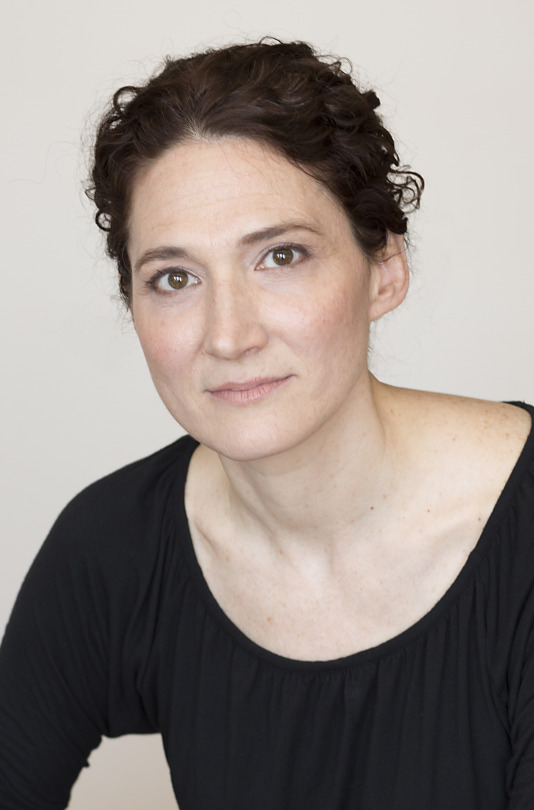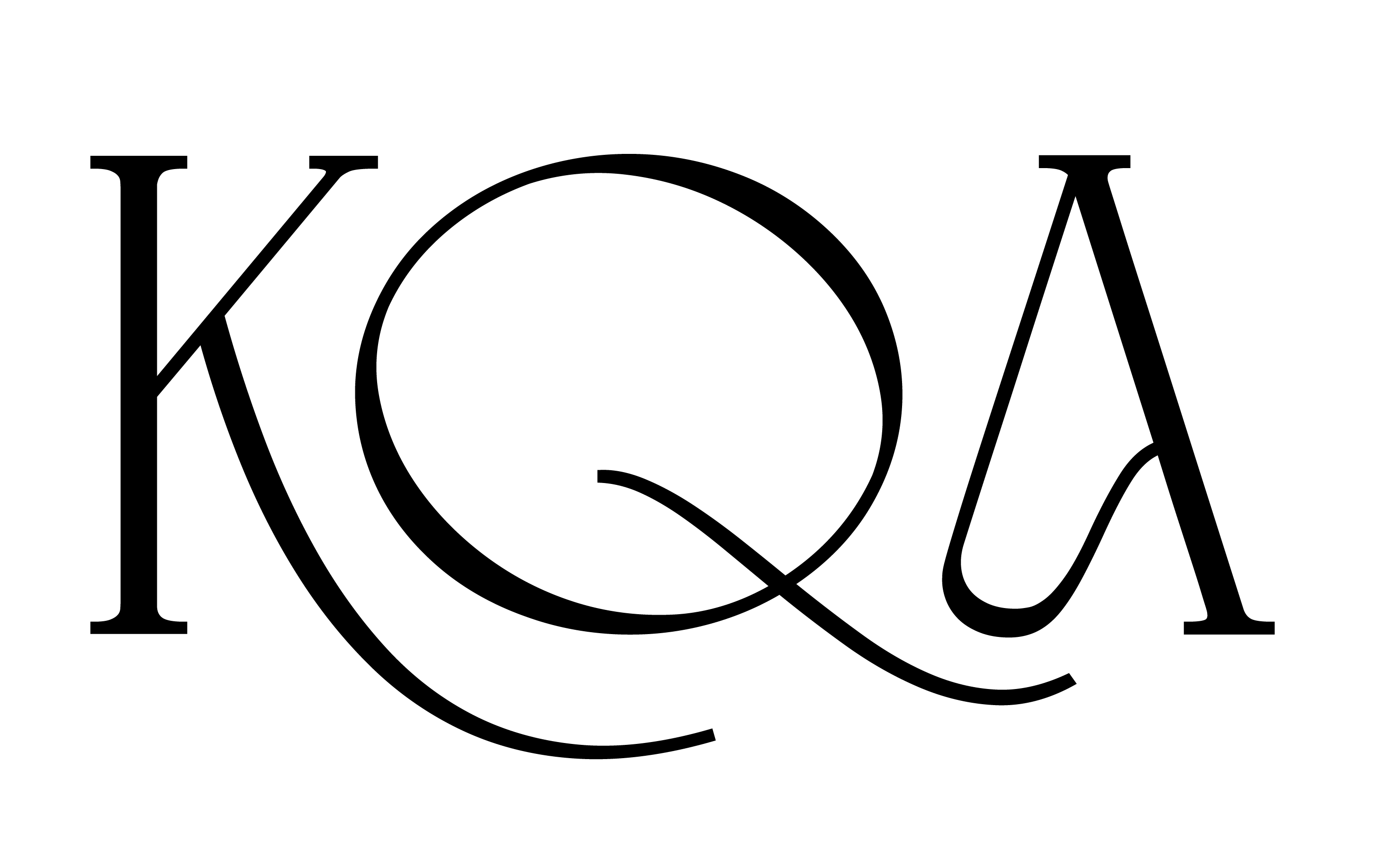When I first heard of the novel Girl Through Glass, I remembered the sheen of my dance tights. I recalled the tight bun coiled on top of my head, the sweat dripping down my spine, and the dinners scarfed in the car as my mother shuffled me from one class to the next.
“A young girl’s coming of age in the cutthroat world of New York City ballet—a story of obsession and the quest for perfection, trust and betrayal, beauty and lost innocence.” (HarperCollins)
This, my friends, is the wonderful, demanding world of ballet as told by debut novelist Sari Wilson. It is a world that no dancer forgets. I met Sari this past February during a Chicago stop on her book tour and our conversation grew and unfolded from there. I’m humbled and thrilled to welcome her words to Convos with Writers.

1. What do you write and what are you reading?
I am reading Dana Spiotta’s new book (Innocents and Others) and a very interesting, sweet book: Terez Mertes Rose’s Outside the Limelight. Rose writes ballet novels- it’s a genre that she champions and there are a growing number of them. She was a professional dancer and writes of two sisters joined by love as well as this destructive competition.
2. I have ballet shoes buried in a drawer. I can’t give them up, they make me feel like a dancer. Tell me the ways in which you still feel like a ballerina.
Probably too many ways because I’m in my 40s now and I haven’t taken class in 25 years! The training really imprints on you. I also have my pointe shoes in a drawer! It’s so interesting to think- what is that about? Why I am still obsessed with ballet? For one, I’ve always been very concerned with form and the perfection of form whether in writing (I worked on this novel for a long time!) or trying to understand the form of a novel and how it works with readers. Second, ritual and repetition with dancing- you never really arrive, you know? You hit a pose once but then there’s another class the next day. You keep going onto the next thing. That’s been helpful as a writer and life in general. I’m relentless about process.
3. What are three books that have stayed with you (over time)?
A Tale For The Time Being (by Ruth Ozeki). It helped me finish my edits as it tells two story lines that time-travel. Ozeki also evokes a great experience. She’s a Zen priest and I have an interest in Buddhism so I was into that filter, that way of looking at the world. J.M. Coetzee’s novel Disgrace (which came out a decade ago)- I read and re-read it. It’s the moral complexity of a man falling from grace and repairing his life- it’s beautiful. My good friend Zoe Zolbrod, her memoir The Telling which I read in manuscript and final form. It’s arranged around her experience of being sexually abused but truly it’s about her memory and response and how what happens to you as a child stays with you over time.
4. You write about an enormously revered real-life ballet icon: George Balanchine. What is the challenge in writing fiction about someone that exists/existed?
Enormous and very scary for me- I avoided it for a long time. For one, historical records are important (you must get it right). In a sense there is historical fiction in my book so one has an obligation as a writer to equate oneself with authenticity. Secondly, sensitivity to the complexity of human beings- when I created the character of Mira and began writing about her ambition, rise, and obsession with ballet, I had to have her go to School of American Ballet which was the center of the ballet universe. I needed her to go there and did a lot of interviews with girls who went to that school and danced for that company. I read memoirs of Balanchine dancers. I also took a graduate level seminar on George Balanchine. On publication deadline, I was sending those scenes to my contacts who had been there in those dance classes asking- did I get it right?! Some feedback I got: “Yes, you got it right but she wouldn’t wear those kind of shoes, she would wear soft-soled shoes.”
5. What is success for a writer?
Well first there is commercial success and that’s about numbers. Beyond that, success for a writer is starting to look like communicating with readers- you know, finding an audience. The act of connecting with readers is so powerful. It’s sort of like preparing a large feast and inviting people to come over- you are sad if no one comes! You want people to enjoy the feast. Readers talk to me about (my characters) Kate and Mira as if they were meaningful and real in their lives- it’s very special. It’s why so many writers write and readers read- we’re all in on the intimacy of creating worlds together. And all writers start out as readers.

6. Writing sex scenes…tell me about your process.
I don’t think there is one process. For me, the sex scenes in my novel grow out of the characters’ realities. Sex is just a part of human experience. One sexual act is going to be different from another because we’re all just different. We look for different things in sex, we understand our sexual reality really differently. In this book (the characters of) Kate and Mira are coming of age in the ballet world and at the time the focus was the child-like body (puberty becomes vilified for girls). What happens to normal sexual development is that it’s thwarted and repressed. It looks unhealthy and damaging and I was interested in charting that. For these characters, it has some disastrous consequences.
7. Who do you love and how does that sneak into your writing?
Well, I would start with my family. My husband is a cartoonist and we’ve been together 25 years. My daughter is 9 years old. I love my parents, who gave me a loving childhood. I have three brothers- a big and close family. Loving people very deeply has taught me compassion and to try to understand other people’s realities without judgment. I take that into my fiction. My characters are not always good people but my job is to understand their reality. That feels like an act of love.
8. To write is to know rejection. Tell me about a time when rejection was poignant for you.
In the early days of trying to write this novel, my attempts were rejected. I applied for a number of grants and was rejected by them all. I was even rejected from a class I tried to get into from a writer I that greatly admired. It was important- I had to decide if I was going to continue with this material which felt frivolous then. It would have been easy to abandon.
9. You have some naughty, nefarious characters. How much of real life bleeds into the creation of said characters?
I am a fiction writer so fiction allows me to move in a parallel sphere, which is so wonderful. In my daily life I’m a well-balanced parent and professional and I value those things. But in my fictional world I am fascinated with human extremity and excess. I don’t understand that relationship but I write the opposite of my life. I ask myself- What does this tell me? What does it say about US? Our world is filled with examples of people who are nefarious and abhorrent. I’m into it from a fictional perspective.
10. When were you most proud?
You know what’s gonna come to mind? When I saw my daughter in The Nutcracker last year! I kept her out of dance because of my complicated history but she auditioned on her own for her school’s program. With no background at all she got in, treated it seriously, and she (with all the children) were just beautiful. Seeing them love movement and music was really very moving. Also when Girl Through Glass was finally published- that was immense. And these things happened at the same time!
11. Tell me a story about a story
The very unlikely story of ballet in America. I just think this is fascinating: There was a series of coded movements that arose in the Renaissance courts of Europe and they ended up in St. Petersburg. Then the Russian revolution happened and many of the dancers that were trained in this tradition of movements left and were exiled. They were exposed to many other artistic influences- Modernism, the avant garde, etc.. When WWII struck these dancers and choreographers spread all over the world. Many came to America. These ex-patriot Russians set down roots in America and in doing so created a cultural institution of America and American childhood. That’s the story of ballet in America. It’s rather unlikely. I mean, how many millions of girls and boys has it affected? It’s part of American childhood!
Bonus Points:
What are your quirks? I really like tea. I have a tea obsession, love tea shops. Would be so happy to spend all afternoon in a tea shop.
How does a character become named? It’s a process- kind of a long one. I start working on that character but as I’m moving along the character shifts, changes, and becomes more complex- often the name doesn’t feel right. So I change it. A character might go through 3 or 4 names. I just intuitively feel that it’s right when the name just sticks.
Graceful thanks to Sari for her candor and extraordinary commitment to getting the ballet world just right- I am still reeling from her incredible story about the history. Just remarkable.
Follow Sari on Twitter and Facebook.
Buy her incredible book ‘Girl Through Glass’ here.
Visit her website.
Learn about the revered George Balanchine here.
Pictured above: novel cover art submitted by Ms. Wilson; author photo credit: Elena Seibert
***As part of this series, writers are asked to submit photos capturing who they are as well as a glimpse of his/her writer life.
***Know someone that would be a great fit for 11 Questions? Nominate them or yourself: KellyQBooks (@) gmail (dot) com

Leave a comment